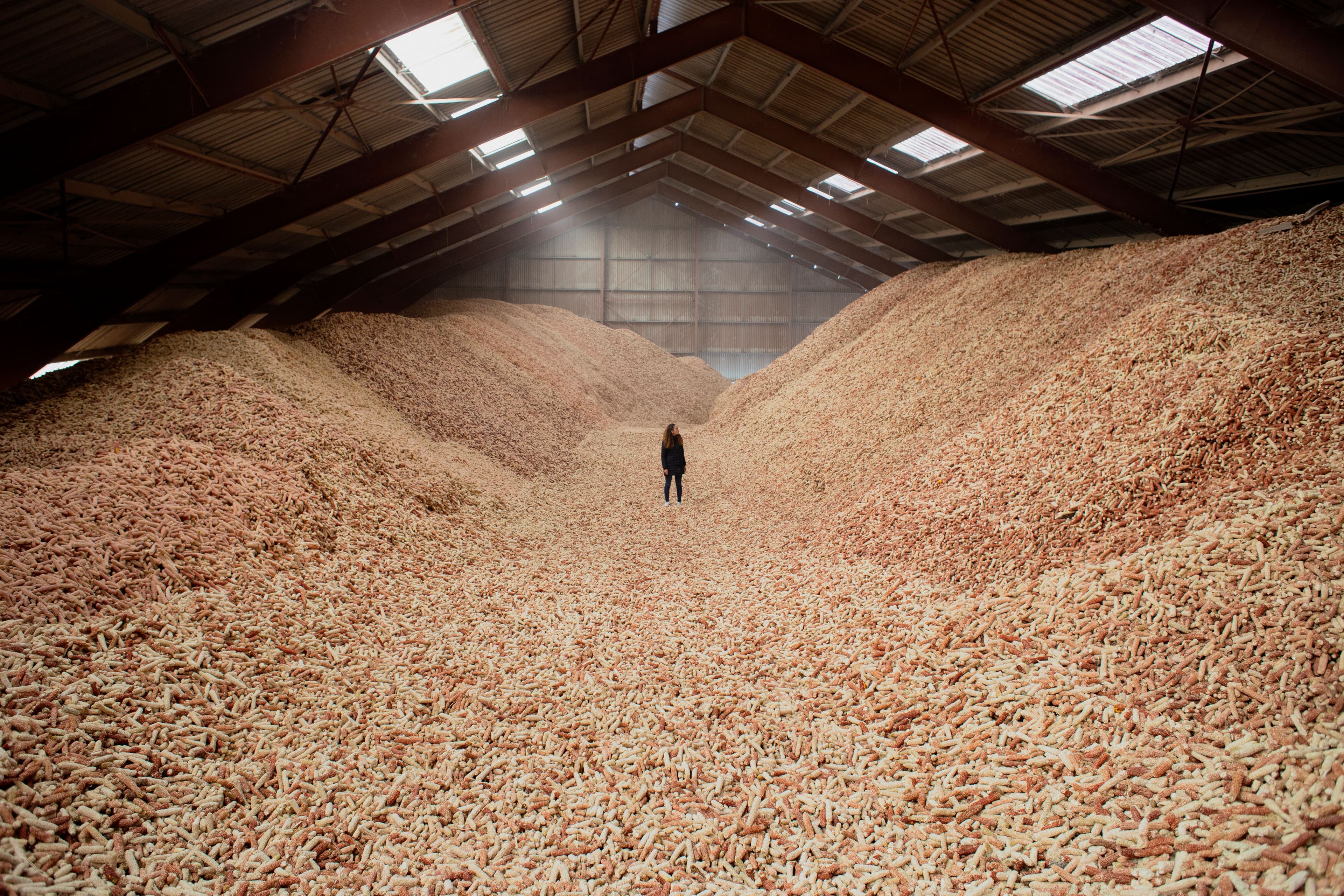Key Points
- Feedstock reality: CornWall uses abundant corn cobs, an annually renewed, often burned by‑product, diverting waste into carbon‑storing interior panels.
- Process control: Strength and consistency hinge on pressure, temperature, moisture, with moisture as the master variable; adaptive pressing stabilises fibre binding without synthetic binders.
- Use case fit: Not a load‑bearing MDF/gypsum substitute; competes on tactility, story, and circularity vs HPL; current gap: fire rating (Class B target without conventional FRs).
- Install & recovery: Prefers mechanical fixings (unscrew > unglue) to enable remount, reuse, recycle; take‑back loops pulp offcuts and post‑use panels into new stock.
- Scale path: Raw supply is plentiful; bottleneck is yield and process reliability; machinery and drying upgrades aim for speed, repeatability, and better pricing.
Full interview with FRONT
1. CornWall is made entirely from agricultural waste. What drove the decision to focus on corn cobs specifically, and what advantages do they offer over other cellulose-rich waste streams?
Corn is everywhere; it’s the most cultivated crop on the planet. That means an almost inexhaustible stream of byproducts, especially corn cobs, which are often burned or discarded. We saw an opportunity to transform this overlooked residue into a carbon‑storing material. Corn cobs are light, naturally porous, and renew annually. Rather than releasing emissions through incineration, we give them new life as interior surfaces. It’s about turning agricultural waste into architectural texture.

2. The material production process spans everything from cultivation to coating. Which stage in the chain presented the most technical challenges, and how did you address them?
Unlike synthetic or composite industries, our chain depends entirely on natural variability, no two cobs are quite alike. While early logistics were relatively smooth thanks to existing agri-networks, the true challenge has been material stability and consistency. Nature doesn’t operate like a factory. We’ve invested most of our R&D into achieving dimensional strength, moisture tolerance, and surface finish, all without synthetic binders. But scaling that consistency? That’s where we’re focusing now: speed and reproducibility without compromising purity.
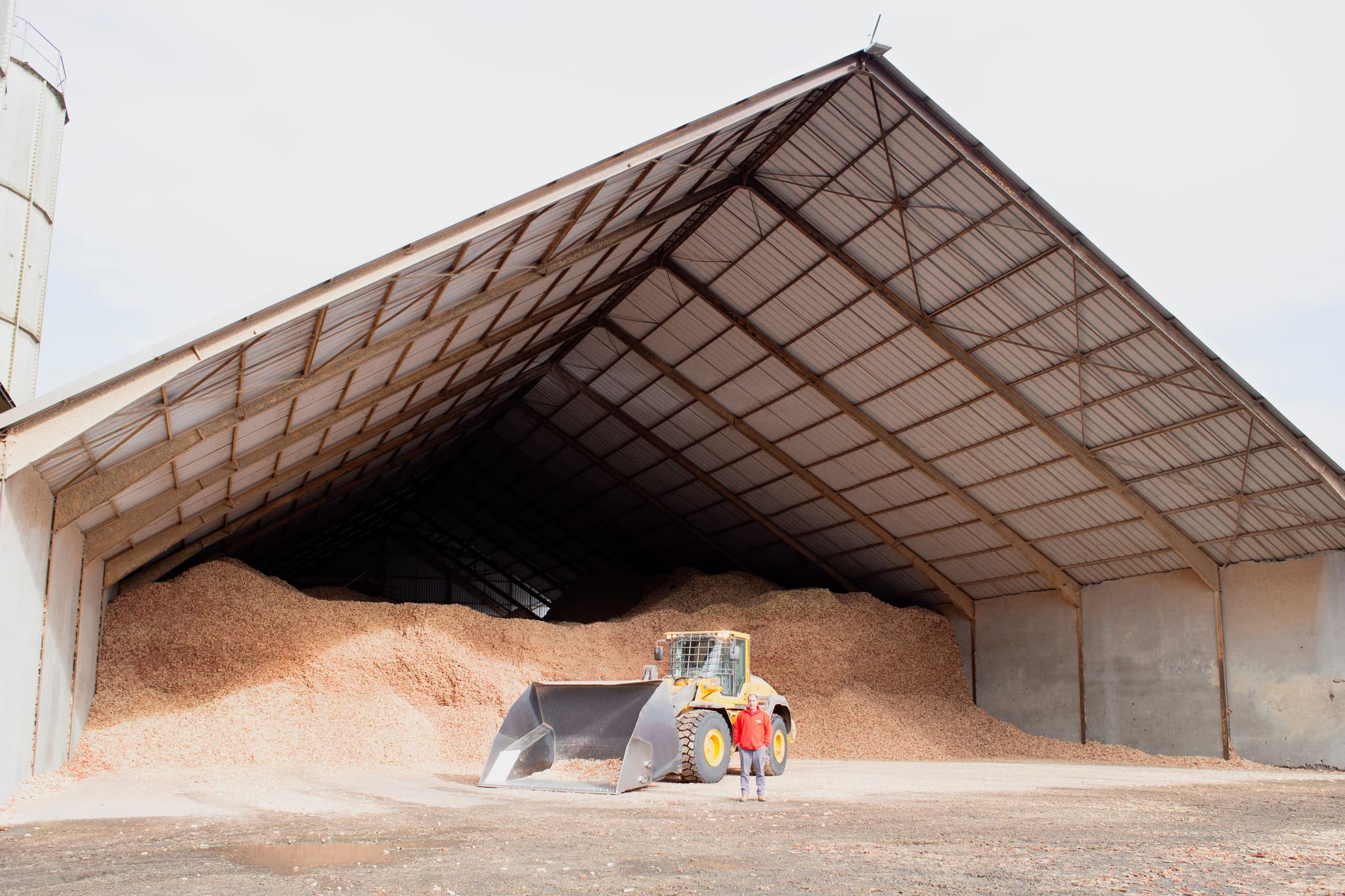
3. Pressing appears to be a critical step in shaping the panels. What are the key parameters: pressure, temperature, moisture, that must be tightly controlled to ensure consistency and strength?
Yes, those three parameters are the holy trinity. But with organic fibres, they behave unpredictably under heat and compression. So while pressure and temperature matter, moisture content is king, it determines fibre binding, curing time, and final texture. We can’t share exact figures, but we’ve had to engineer a responsive pressing technique that adapts in real time to slight changes in the raw feedstock. It's material science with a heartbeat.
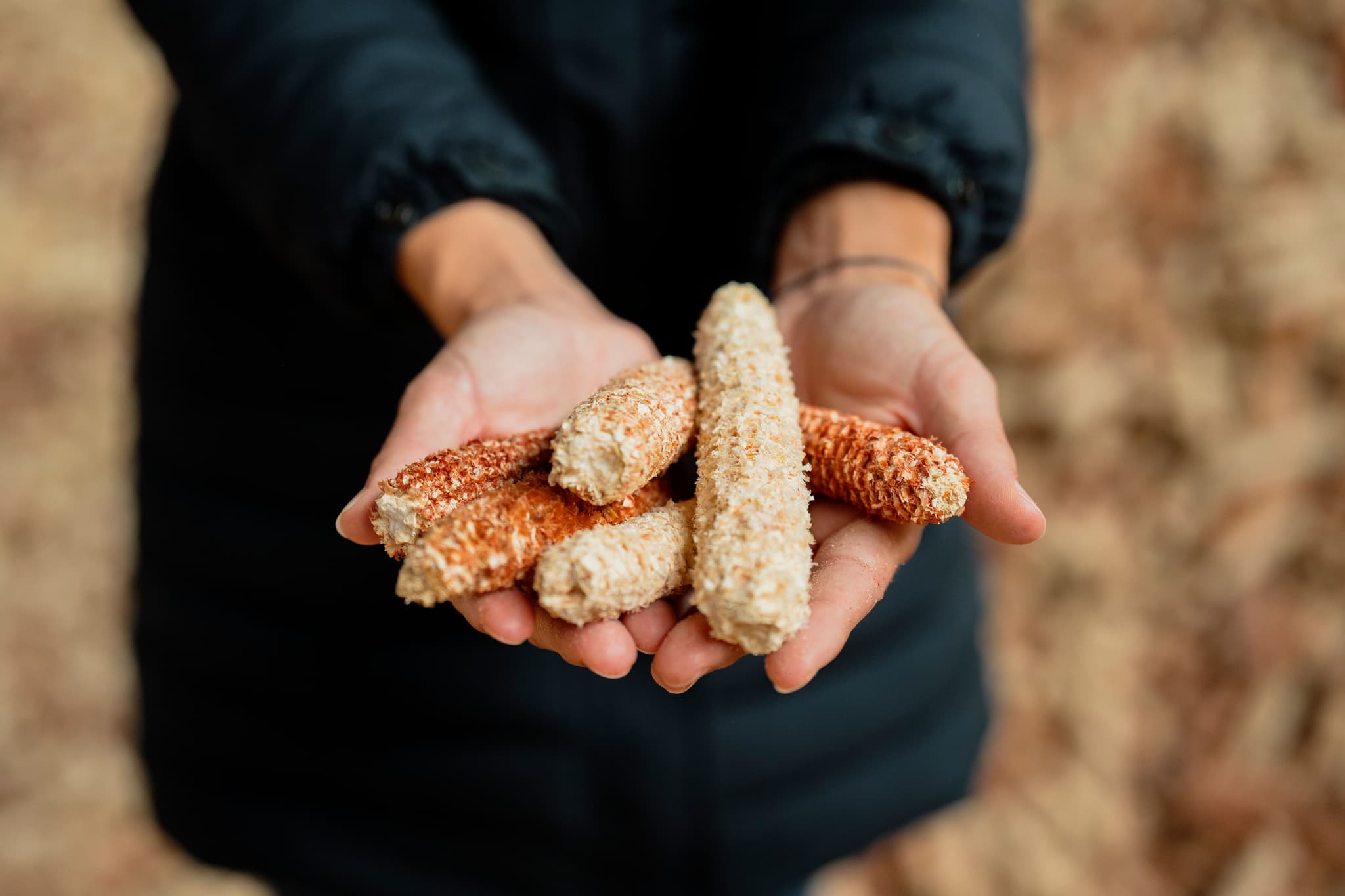
4. The final product is described as lightweight yet durable. How does CornWall compare structurally to common wall cladding materials such as MDF, HPL, or gypsum board?
Let’s be honest: CornWall isn’t here to replace MDF or gypsum boards in load-bearing roles. Those materials serve a different job. Where CornWall thrives is in aesthetic, tactility, and storytelling, and in those aspects, it stands toe to toe with HPL. It doesn’t just look good; it feels conscious. Technically, fire resistance remains a gap, because we’re committed to keeping additives out. It’s a trade-off, and one we’re actively working to close.
5. Have you conducted fire resistance or acoustic performance tests on CornWall, and if so, how does it measure up for commercial or public space specifications?
Fire resistance is an active R&D zone. Our aim is Class B, which is realistic, yet complicated without dipping into chemical flame retardants, which we want to avoid. Acoustically, the current version isn’t engineered for sound absorption, but it’s on the roadmap. We’re experimenting with hemp composites for a dual-function panel that performs both visually and acoustically. It’s not about perfection, it’s about creating beautiful trade-offs with integrity.
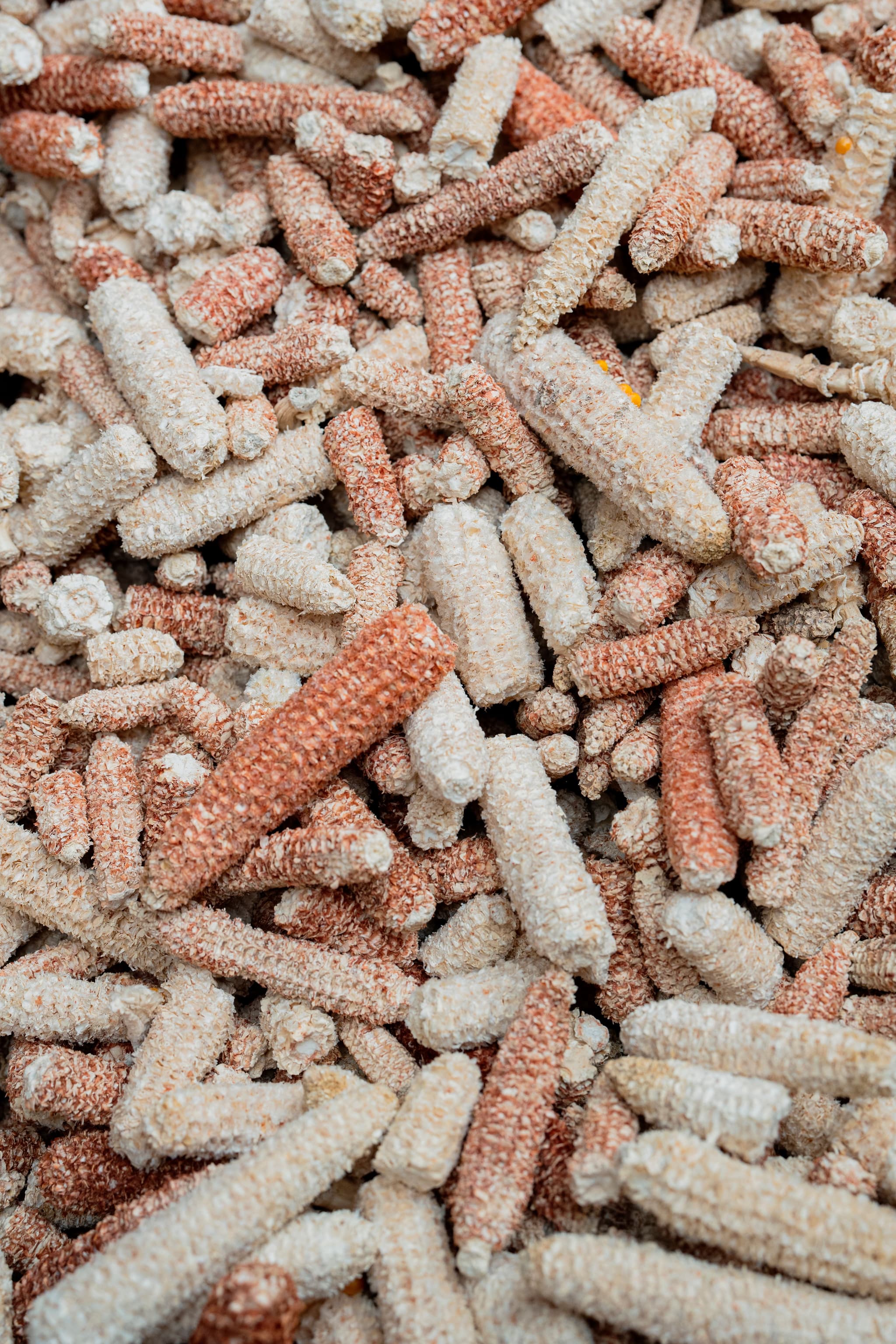
6. What kind of substrates or wall systems is CornWall compatible with? Are adhesives, mechanical fixings, or modular systems preferred for installation?
Flexibility is our strength. You can glue CornWall to virtually anything, but we strongly advocate for mechanical fixings. Why? Because unscrewing is easier than ungluing. That means remount, reuse, recycle. We’re exploring click-on or modular mounting systems that suit architectural flexibility while keeping circularity in the loop.
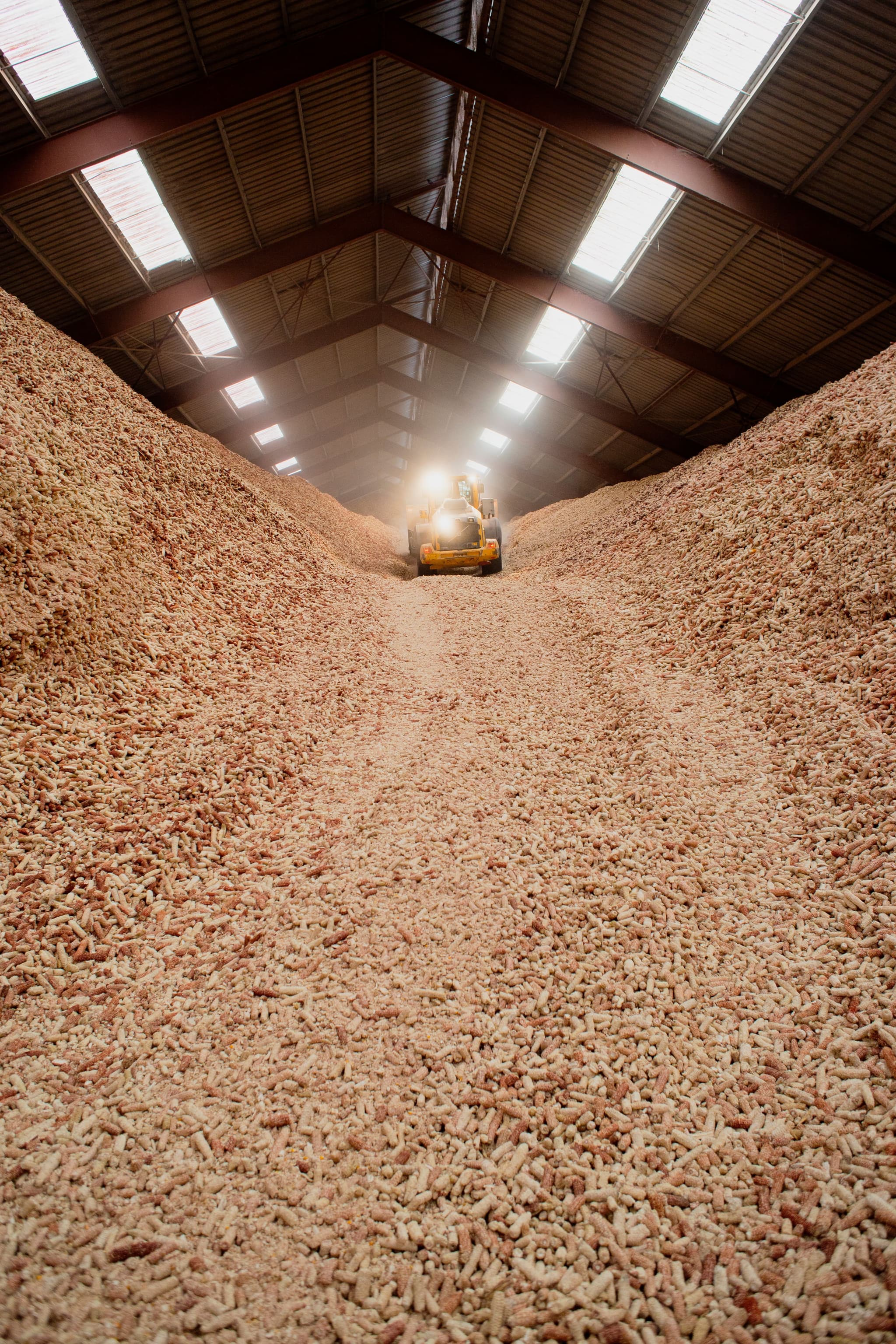
7. Circularity is embedded into the brand. What systems are in place to recover offcuts, damaged panels, or post-use material from clients or fit-out contractors?
Every piece of CornWall has a return journey. Offcuts, scuffed panels, post-installation scraps, they can all be returned and pulped into a fresh batch. Our panels are 100% recyclable, and when fixed mechanically, even easier to dismount without damage. It’s a feedback loop we’re proud of, and we're building return logistics with installers and partners to make it seamless.
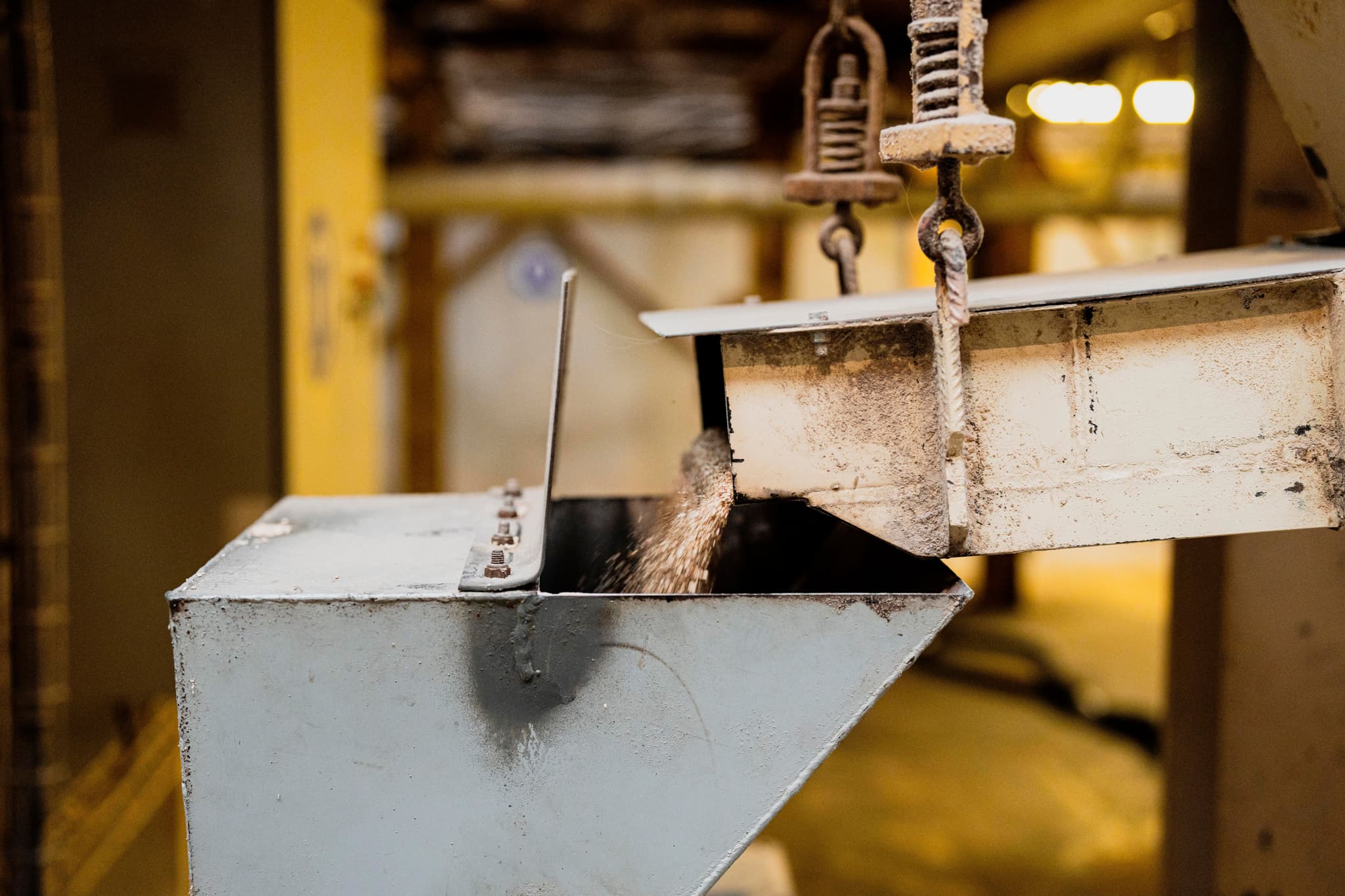
8. How scalable is the current production model? Are there any bottlenecks in sourcing, processing, or logistics when moving from regional pilots to industrial supply?
We’ve got the raw supply; corn cobs are not going extinct anytime soon. The bottleneck is yield and process reliability. Every step must be efficient and predictable. We’re refining our machinery and drying processes to hit the sweet spot between volume and quality. Once that’s locked in, we can scale, and scaling will unlock better pricing.
9. What role did digital colour matching and coating technology play in refining the aesthetic options in your palette?
Actually, no coating. CornWall’s colour is baked in, not painted on. We integrate natural pigments during production for a matte, mineral look. We collaborate with product designers who help us curate tones aligned with the FRONT collection: seasonless, tactile, and made to complement both contemporary and timeless interiors.

10. Beyond interior wall cladding, do you see potential for CornWall in other application areas, such as furniture components, retail environments, or ceiling systems?
Absolutely. Retail and fair stands are top contenders; they're fast-paced, often disposable environments that desperately need circular alternatives. CornWall brings visual flair and eco-value to short-term installations. Lightweight and easy to fix, it’s ripe for modular furniture panels, pop-up shops, or even ceiling baffles down the line.

11. Looking ahead, are you exploring other plant-based residues or cross-blends that could expand the CornWall platform into a broader family of bio-based surfaces?
Definitely. CornWall is just the beginning. We’re exploring other agricultural residues and thinking in cross-blends that marry different fibres for new performance specs. Under FRONT umbrella, the vision is to evolve a whole catalogue of bio-based finishes, each with a story, a footprint, and a function.
